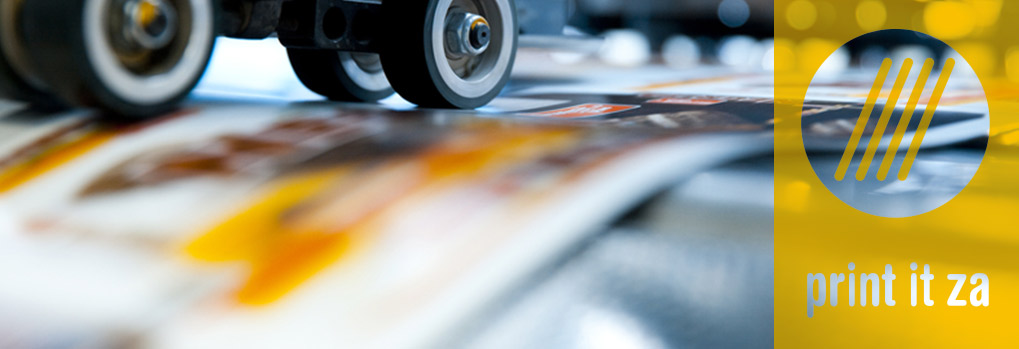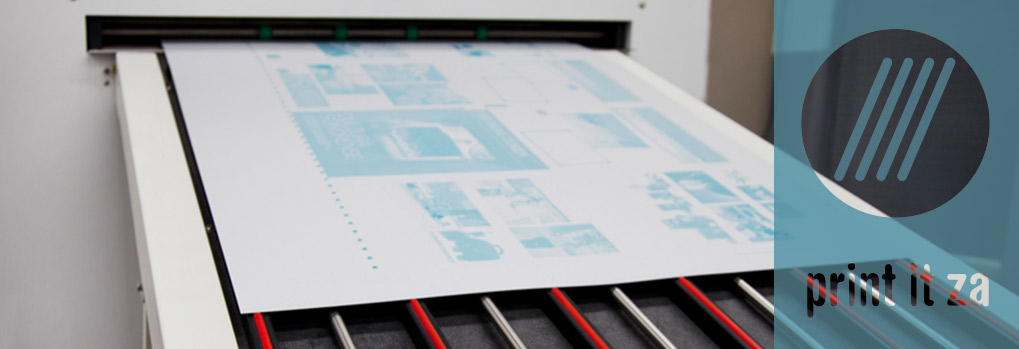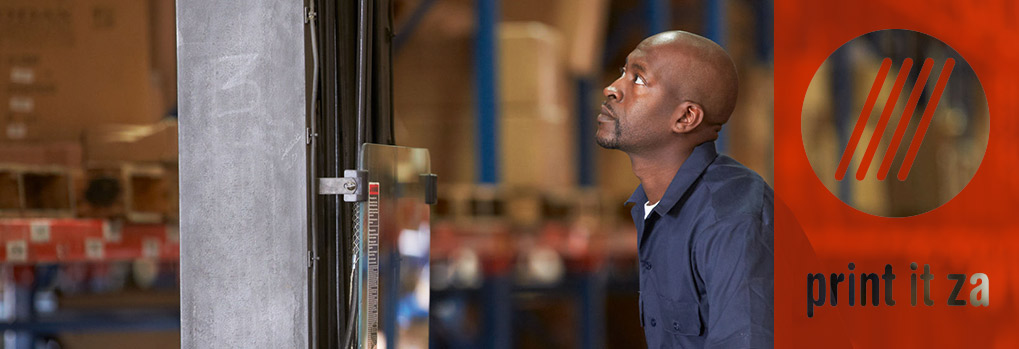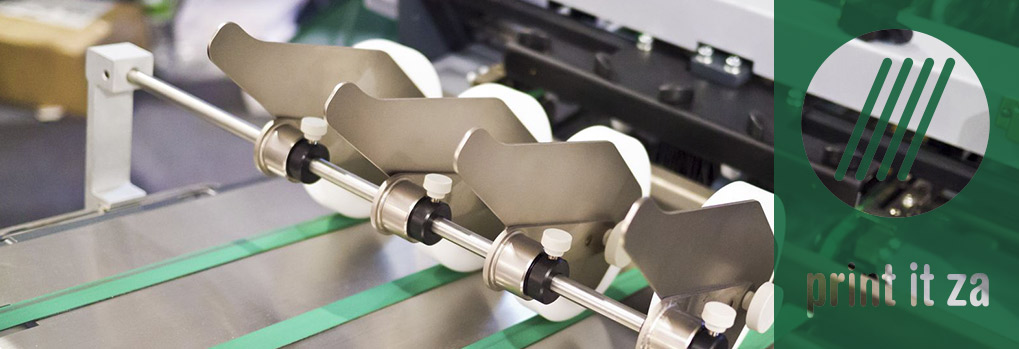Are you an author, educational institution, or non-profit organization launching promising training initiatives in South Africa? This article will guide you from wondering what the printing process comprises and how to print a book, even if you’re looking at the stack of rejection letters gathering dust on your desk from publishers.
Book printing used to be an expensive pipe dream, but these days, anyone with a good idea and some hustle can bring a written form into a beautiful published version. Let us show you how to DIY your publication without spending more than you can afford.
How to print books

While self-publishing does require an investment of time and some money, it can make the actual publication process quick and painless. Here are the basic steps on how to print your own book:
- Decide on what it will look like. Hardcover book printing has a higher price, while the cover itself is more durable. Softcover book printing is your low-cost alternative, preferred by most authors.
- Set a trim size and page count. The former refers to the dimensions of your written creation, like A5 or A4, and so on. The page count should match your book’s length. The thicker it is with text pages, the more expensive it is to print.
- Pick a method. You will likely find the offset method among your top recommendations. It uses plates to transfer ink to paper and is best for numerous books. Or, you can go for digital printing for fewer copies or low-volume publications.
- Make your paper perfect for reading. For the pages of your book, choose between budget-friendly uncoated paper or extra-finished coated paper, which provides better image reproduction.
- Finally, decide where to print books. After you have found a printing facility, provide a PDF file. Ask for the printer’s advice on the cover, crop marks, and bleed if you are not sure about the technicalities.
How much does it cost to print books?
Unless you have an unlimited budget, you may want to put extra effort into finding affordable printing services or requesting third-party funding. Here’s something to remember if the first quote you receive is financially terrifying:
- Total number of pages. More pages mean higher costs. If there are chapters that can be truncated, this may be worth it for savings.
- Binding. As a rule, softcover books are cheaper than hardcovers. Likewise, spiral or coil binding is more reasonable than a gluing option.
- Print run. Economies of scale matter. Bringing out 100 copies will cost you significantly more per book than printing 1,000 copies.
- Additional features and time. Just like adding spot colors and embellishments, pressing for printing urgency will include extra fees.
Where can I print a book?
You can start by requesting quotes for your project from printing businesses locally. To get the first one straight away, turn to Print It ZA as your solution for where to print books for cheap. We can help you with any book imaginable, as our team specializes in:
- Comic book printing
- Textbook printing
- Study guide printing
- Manual printing
- School textbook printing
- Artbook printing
- Cookbook printing
- And other services
Print It ZA has all the publishing prowess to bring your book out for entertainment, educational, art, or cultural preservation purposes. Print It ZA, your one stop book printing shop.








FOLLOW US FOR THE LATEST INDUSTRY UPDATED + TRENDS